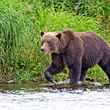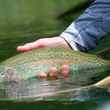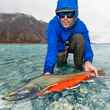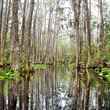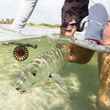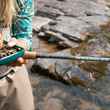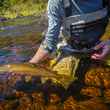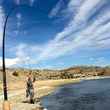On June 30, the EPA closed its second public comment period regarding the latest draft of its risk assessment of large-scale open-pit mining in the Bristol Bay region of Alaska. Specifically addressed in the assessment are the likely scenarios that would result from the realization of the yet-to-be formally proposed but heavily researched and planned Pebble Mine at the headwaters of the Nushagak and Kvichak Rivers, the two most prolific wild salmon rivers in the world. The assessment was unequivocal in its determination that a mine such as Pebble would have very significant negative impacts on the salmon populations of the Bristol Bay region -- given that mining operations are accident free -- and would have disastrous consequences were an accident to occur. Given that no large-scale open-pit mine has ever operated accident free, rather spills and pipeline failures and other accidents are common with such operations, opponents of mining in Bristol Bay see little ambiguity regarding the outcome for Bristol Bay salmon and the economy that depends on them if mining ever came to the region.
According to a press release by the Bristol Bay Regional Seafood Development association, 77% of all comments received by the EPA regarding the feasibility of mining in the Bristol Bay region were anti-mine. That figure represents the total percentage of comments received during both this latest and the EPA's previous public comment period (70% of respondents in the latest period were anti-Pebble). In total, 762,979 comments had been received as of June 28, 587,145 of which were in favor of protecting Bristol Bay.




